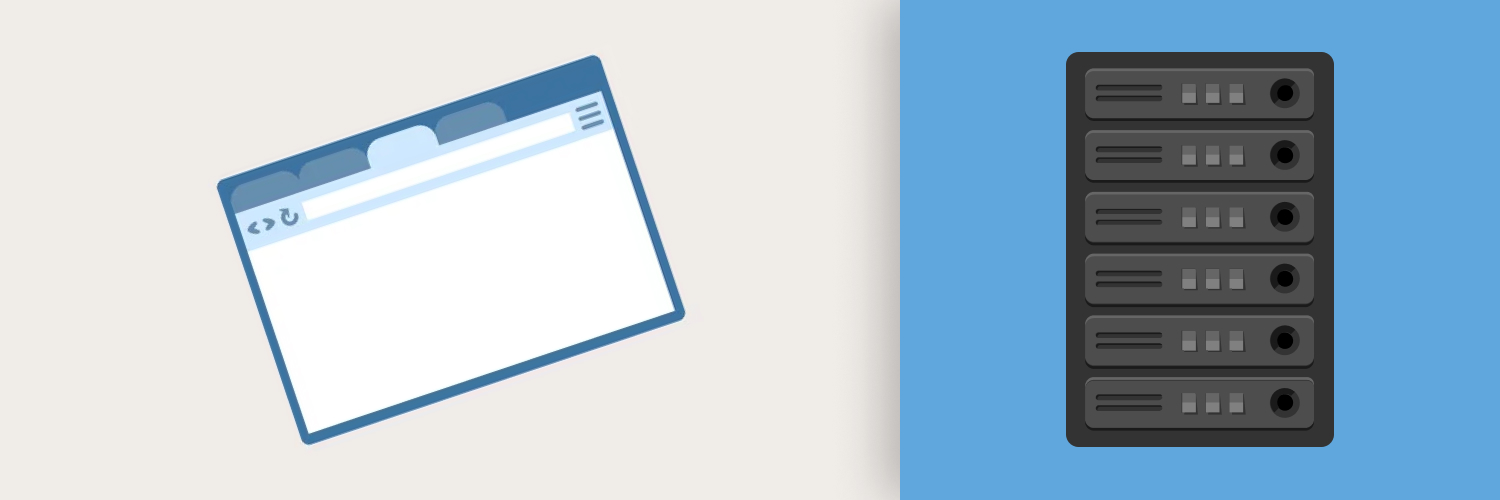
Headless browsers are becoming more popular, and developers are using them as their go-to option to test web apps and web scraping. Testing web apps is an essential part of the process, and you need to have a great testing strategy. That’s why you need to know how headless browsers can help you, and when other options should be used instead.
Table of Contents
1. What Does Headless Browser Mean?
2. Web Scraping Using Headless Browsers
3. Applications For Headless Browsers
This article looks at what a headless browser is, the applications for a headless browser, and important information that you need to know about web scraping using a headless browser.
What Does Headless Browser Mean?
 A headless browser is a web browser that has not been configured with a Graphical User Interface (GUI). This software can access web pages but doesn’t show the user anything that is being displayed on the screen.
A headless browser is a web browser that has not been configured with a Graphical User Interface (GUI). This software can access web pages but doesn’t show the user anything that is being displayed on the screen.
It acts like a regular browser, and it can perform all of the regular functions such as clicking on links, downloading documents and images, navigating to different pages, etc. A regular browser would present all of this information to the user on the screen, through the GUI after each action. A headless browser carries all of the actions out sequentially and they can be tracked using a Console or a command-line interface.
Headless browsers are used by test engineers because browsers without the GUI perform faster and are optimized for web-based automation testing. They can be run on servers without GUI support, this is another reason why test engineers choose to use these types of browsers in their testing strategies.
Web Scraping Using Headless Browsers
 Headless browser web scraping is faster as there isn’t any UI (User Interface) that needs to be loaded in when information needs to be viewed. Web scraping in a headless browser can be optimized and automated so data can be collected faster.
Headless browser web scraping is faster as there isn’t any UI (User Interface) that needs to be loaded in when information needs to be viewed. Web scraping in a headless browser can be optimized and automated so data can be collected faster.
When large amounts of data needs to be extracted, a lot of time is saved and using this type of browser is more efficient. That’s why an expert will use a lightweight headless browser for web scraping.
Applications For Headless Browsers
 There are plenty of applications for headless browsers and knowing what the common ones are will help you make use of this type of browser and get the most use out of it. Let’s look at what you can use these browsers for.
There are plenty of applications for headless browsers and knowing what the common ones are will help you make use of this type of browser and get the most use out of it. Let’s look at what you can use these browsers for.
Web scraping
If you want to perform web scraping and extract public information from the web, then using a regular browser will not be the best choice. It will load the UI for every web page the web scraper visits, which will take more time and resources.
You don’t need to see the UI to extract public information from a website, that’s why headless browsers are a popular choice for web scrappers. Using headless browsers, the scraper can quickly navigate to the website it wants to extract data from, scrape the data, and then use those results to test other web pages.
- Performance
If you want better performance, then you need to start using headless browsers. They are much faster than regular browsers, as they don’t need to load in the GUI. This will get you faster results for the tests that you are running. If you are running small tests, then using a simple command-line interface to perform them will save a lot of time. This can be automated as well, making the process even faster. The performance will be affected by other factors as well, such as the tests that are being run, and the system that is being tested.
Automation
Headless browsers give you automated control over web pages so you can run scripts, automate tasks, and tests without having to load up the user interface each time you need to run a test. You can automate tests and actions such as mouse clicks, keyboard inputs, form submissions, JavaScript libraries, etc.
The Best Headless Browser
 There are different headless browsers and they each have their strengths and weaknesses and perform better in certain testing environments. You need to know what the strengths and weaknesses are so you can make the right choice before you start testing.
There are different headless browsers and they each have their strengths and weaknesses and perform better in certain testing environments. You need to know what the strengths and weaknesses are so you can make the right choice before you start testing.
HTMLUnit
This is the most popular headless browser to use for scraping and testing e-commerce websites. This is because it’s the best at testing website redirects, HTTP authentication, submission forms, and other functions. It is used to automate the different ways that users interact with websites.
Mozilla Firefox with Selenium
You can connect to different APIs using this headless browser. Selenium is the most popular framework that is used by developers when using the Mozilla Firefox browser. The headless Firefox browser is used mostly for automation of tests, as it helps make the automated testing process more efficient.
Google Chrome with Puppeteer
This headless browser can be used for a range of tasks. The most common task that is performed using this headless browser is creating PDFs, taking screenshots, and printing the Document Object Model (DOM).
Web Scraping With PHP
 PHP is a popular back-end scripting language that is used to create websites, web applications, and web scrapers. There are open-source PHP web scraping libraries that you can use to collect the data you want from the web. Web scraping is convenient using PHP because of the many tools, libraries, and resources that you can use to help yourself.
PHP is a popular back-end scripting language that is used to create websites, web applications, and web scrapers. There are open-source PHP web scraping libraries that you can use to collect the data you want from the web. Web scraping is convenient using PHP because of the many tools, libraries, and resources that you can use to help yourself.
If you are familiar with PHP, and it is the only language you know, then you should web scrape using PHP. Learning a new scripting or programming language so you can perform web scraping isn’t recommended. There are plenty of online resources that you can use to help you, including FreeCodeCamp, which will show you step-by-step what you need to do when PHP web scraping with headless browsers.
 Conclusion
Conclusion
 Headless Browsers are faster than regular browsers as they don’t need to load the UI and all the visuals that help create the user experience. This makes them better for testing strategies as they use their resources more efficiently and show testing results faster.
Headless Browsers are faster than regular browsers as they don’t need to load the UI and all the visuals that help create the user experience. This makes them better for testing strategies as they use their resources more efficiently and show testing results faster.
These types of browsers have many applications, including web scraping, automating testing strategies, and improving the performance of tests and web applications. Before using a headless browser, you need to decide on which one will be the best choice for your needs, as they all have their advantages and disadvantages.







